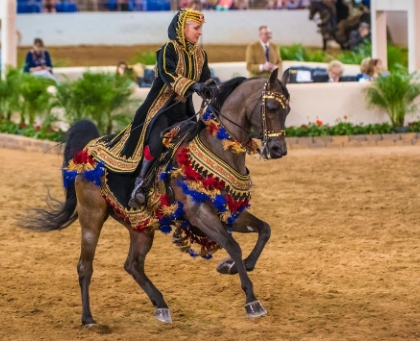Arabian Native Costumes: A Closer Look at Tradition and History
Arabian countries have a rich heritage when it comes to traditional clothing. Each region has its unique style and symbolism that reflect the culture and history of its people.
The Thobe: A Staple in Arabian Attire
The Thobe, also known as the dishdasha or kandura, is a long flowing robe worn by men in Arabian countries. It is typically made of lightweight, breathable fabric, making it perfect for the hot desert climate.
The Abaya: A Symbol of Modesty and Elegance
The Abaya is a long, flowing cloak worn by women in the Arabian Peninsula. It is typically black in color and often embellished with intricate embroidery or beading. The Abaya is a symbol of modesty and elegance, and is often worn over traditional clothing.
The Ghutra and Agal: Essential Accessories for Men
The Ghutra is a traditional headscarf worn by men in Arabian countries. It is typically made of lightweight cotton or silk and is often white or checkered in pattern. The Agal is a rope-like cord that is used to secure the Ghutra in place.
The Niqab and Hijab: Symbols of Modesty and Identity
The Niqab is a veil worn by some women in Arabian countries that covers the face, leaving only the eyes exposed. The Hijab is a headscarf worn by Muslim women as a symbol of modesty and religious identity. Both the Niqab and Hijab come in a variety of styles and colors, allowing women to express their individuality while adhering to traditional customs.
Exploring the Rich Heritage of Arabian Native Costumes
Arabian native costumes are not just an aspect of fashion, but a reflection of centuries-old customs and traditions. By exploring the rich heritage of Arabian clothing, we can gain a deeper appreciation for the culture and history of the Arabian people. Whether it’s the flowing Thobe, the elegant Abaya, or the intricate Ghutra and Agal, Arabian clothing tells a story of tradition, identity, and pride.



